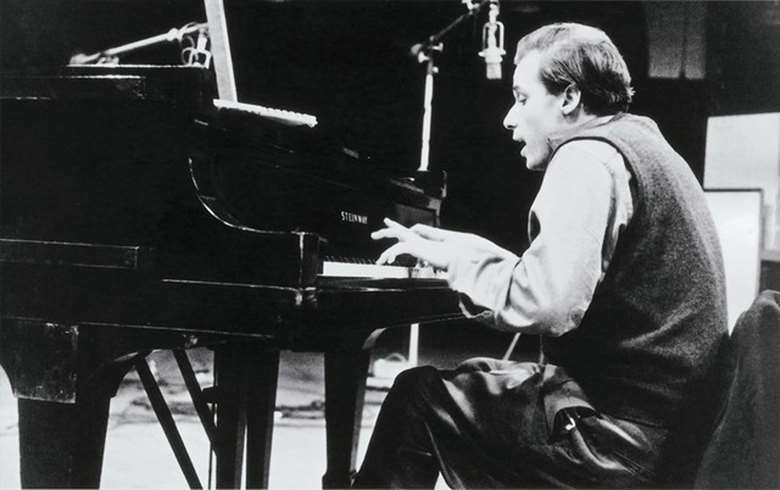Glenn Gould and the art of recording
Richard Eyre
Tuesday, October 3, 2017
How Glenn Gould’s relationship with his audience created a new authenticity in performance, by Richard Eyre

Register now to continue reading
Thanks for exploring the Gramophone website. Sign up for a free account today to enjoy the following benefits:
- Free access to 3 subscriber-only articles per month
- Unlimited access to our news, podcasts and awards pages
- Free weekly email newsletter








